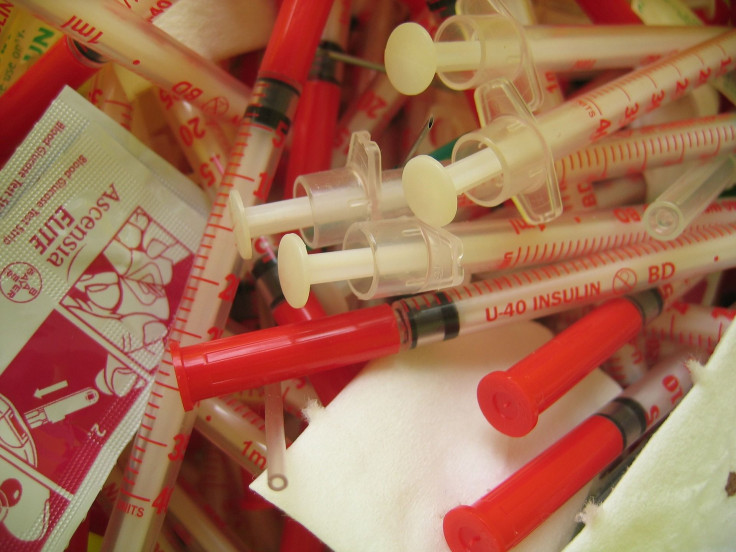Sugar Shock: Insulin Costs Triple In 10 Years, Prompting Researchers To Urge Discovery Of Other Diabetes Treatments

Insulin is no obscure drug — about 29 million Americans have some form of diabetes, and either type may require the hormone for treatment. Lately, however, insulin hasn’t been cheap. Those who rely on the drug have seen its price triple within a decade, and the problem has been so acute that since 2010, per-person spending on insulin has been higher than on all other diabetes drugs combined.
Researchers from the University of Melbourne in Australia and the University of Michigan found that, while insulin costs have skyrocketed, the cost of other diabetes drugs have stayed about the same or even gone down. The authors said these findings should spur the industry to take a look at the effects and cost-effectiveness of non-insulin therapies.
“In the United States, the more than three-fold increase in the cost of insulin over the past decade is alarming,” said Dr. William Herman, the Michigan co-author and a diabetes care researcher. “It is a burden to both patients and payers and may deny some people access to a lifesaving therapy. Although the newer, more expensive insulin analogs appear to have incremental benefits compared to older, less expensive insulin preparations, their premium price requires us to ask whether they are really necessary, and if so, for whom?”
Insulin’s cost spike comes alongside an increase in prescribed doses, which likely occurred because people are getting even more obese, which not only increases the risk of diabetes, but in turn increases the amount of insulin a person needs. Those with Type 1 diabetes, which is unrelated to obesity, need insulin injections to stay alive. Doctors prescribe the hormone for patients with advanced Type 2 diabetes as well, though, to control blood sugar and help prevent damage throughout the body, usually after diet, exercise, and other medications have failed.
The current study draws data from the federal Medical Expenditure Panel Survey on nearly 28,000 patients who received treatment for diabetes. Overall, one in four of the participants used insulin to control their blood sugar and two-thirds took an oral medication. In the latest part of the study, a small percentage began taking a new injectable drug designed to complement the oral one.
Though insulin injection is the most widely known diabetes drug, there are several others patients can use to manage their condition. Metformin, for example, controls blood sugar levels in those with Type 2 diabetes and comes as an oral tablet. The cost of this drug dropped from $1.24 per tablet in 2002 to 31 cents in 2013.
The researchers lacked some information about patients’ drug spending — they were unable to differentiate between those who used synthetic human insulin, the least expensive form available, and those who used other forms that act more slowly or quickly depending on the desired effect. They also didn’t have data on which oral-medication users took generic drugs, which are less expensive, nor how much insulin users spent on auxiliary materials like needles and other devices.
The authors say further research to gather these details could enrich our understanding of how diabetes drug costs have changed over the years.
“What our study shows is how quickly things can change and why there is a need to focus on the costs as well as the benefits when deciding treatment options for people with diabetes,” said Dr. Philip Clarke, the study’s senior author and a professor in Melbourne’s School of Population and Global Health and Centre for Health Policy.
Source: Hua X, Carvalho N, Tew M, Huang E, Herman W, Clarke P. Sugar shock: Insulin costs tripled in 10 years, study finds. JAMA. 2016.
Published by Medicaldaily.com



























